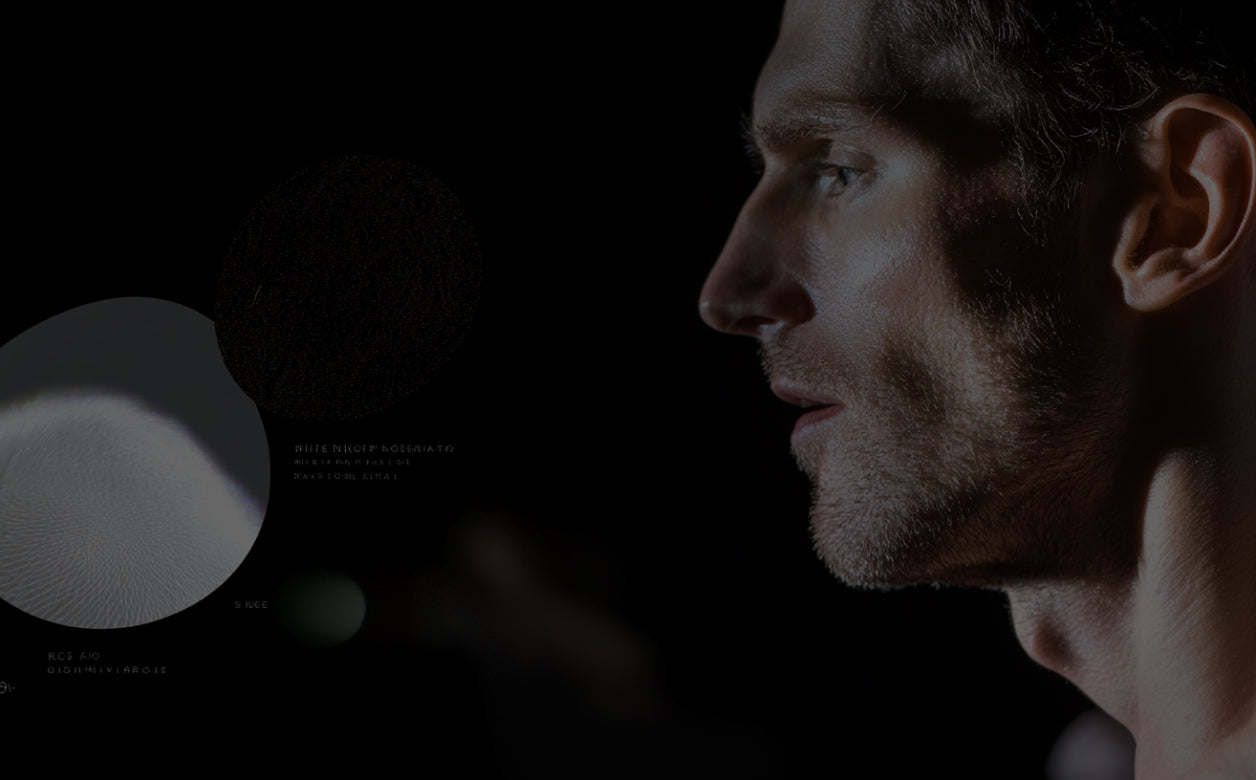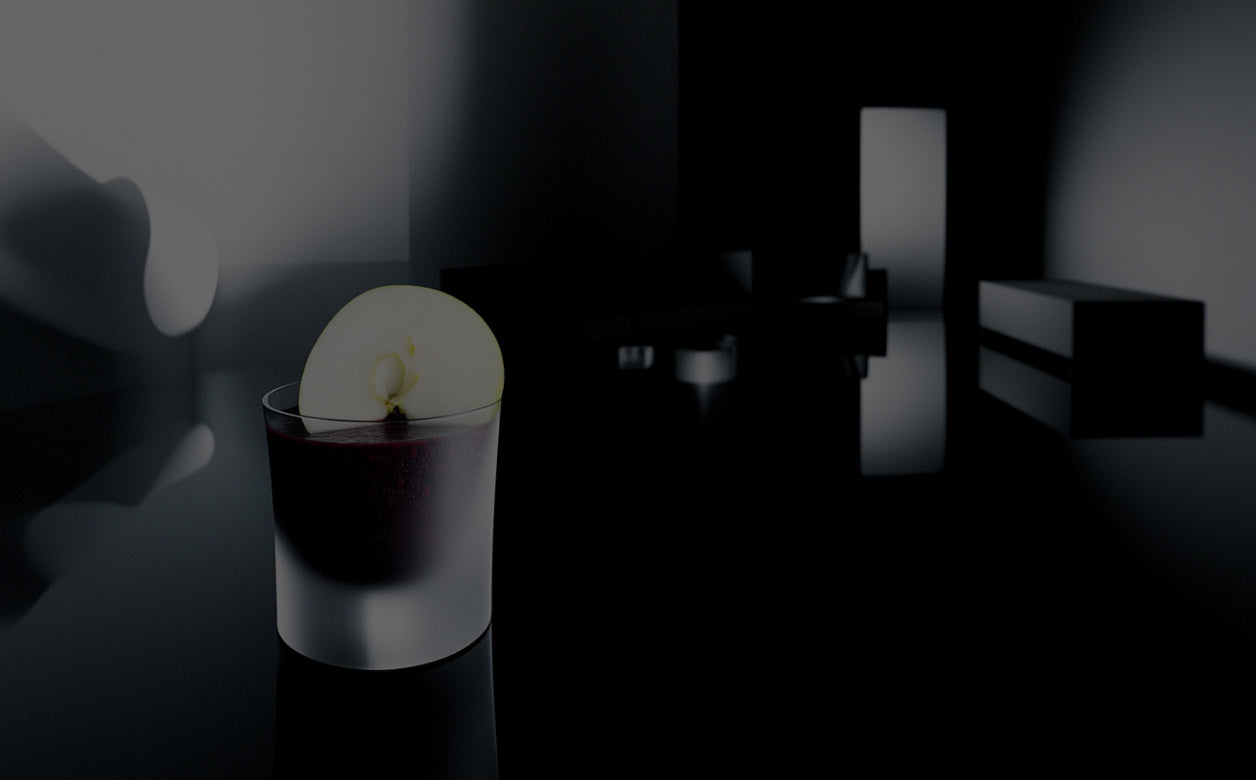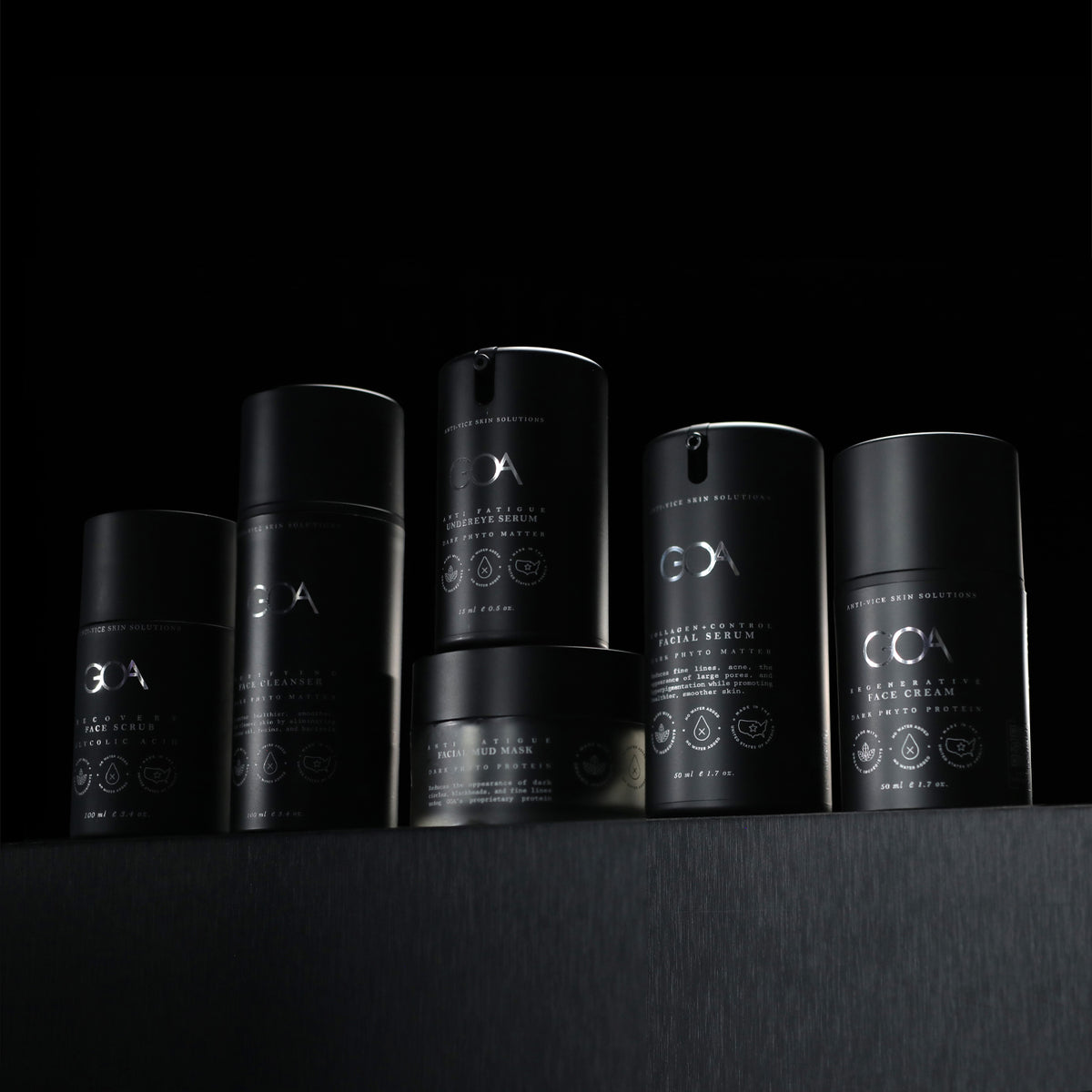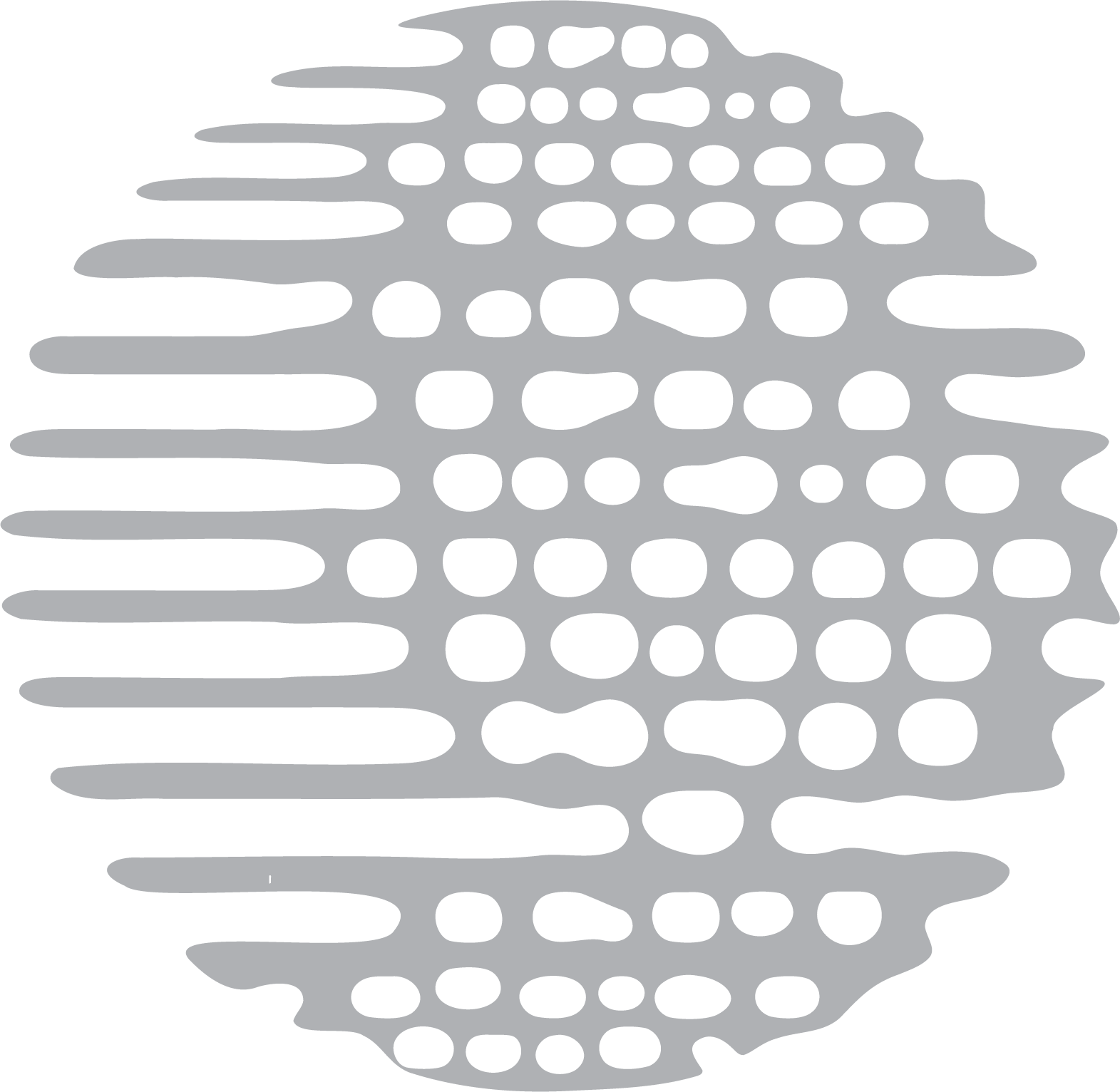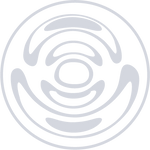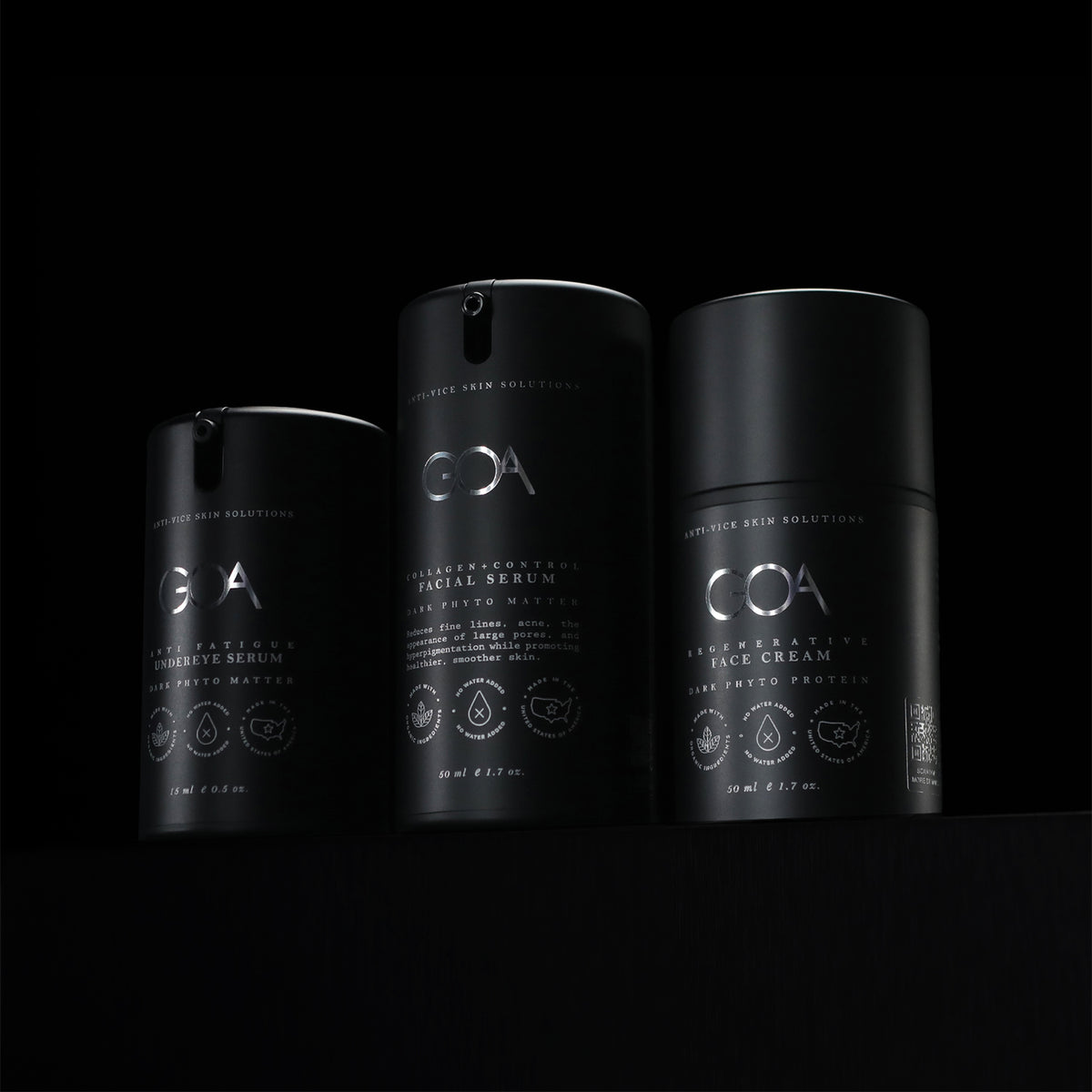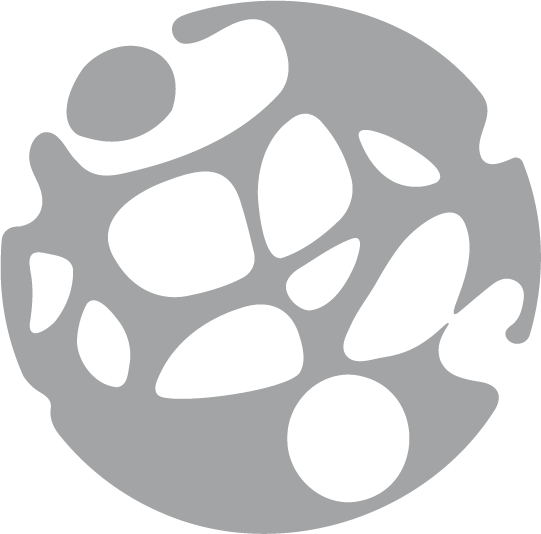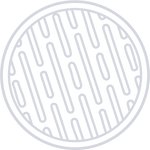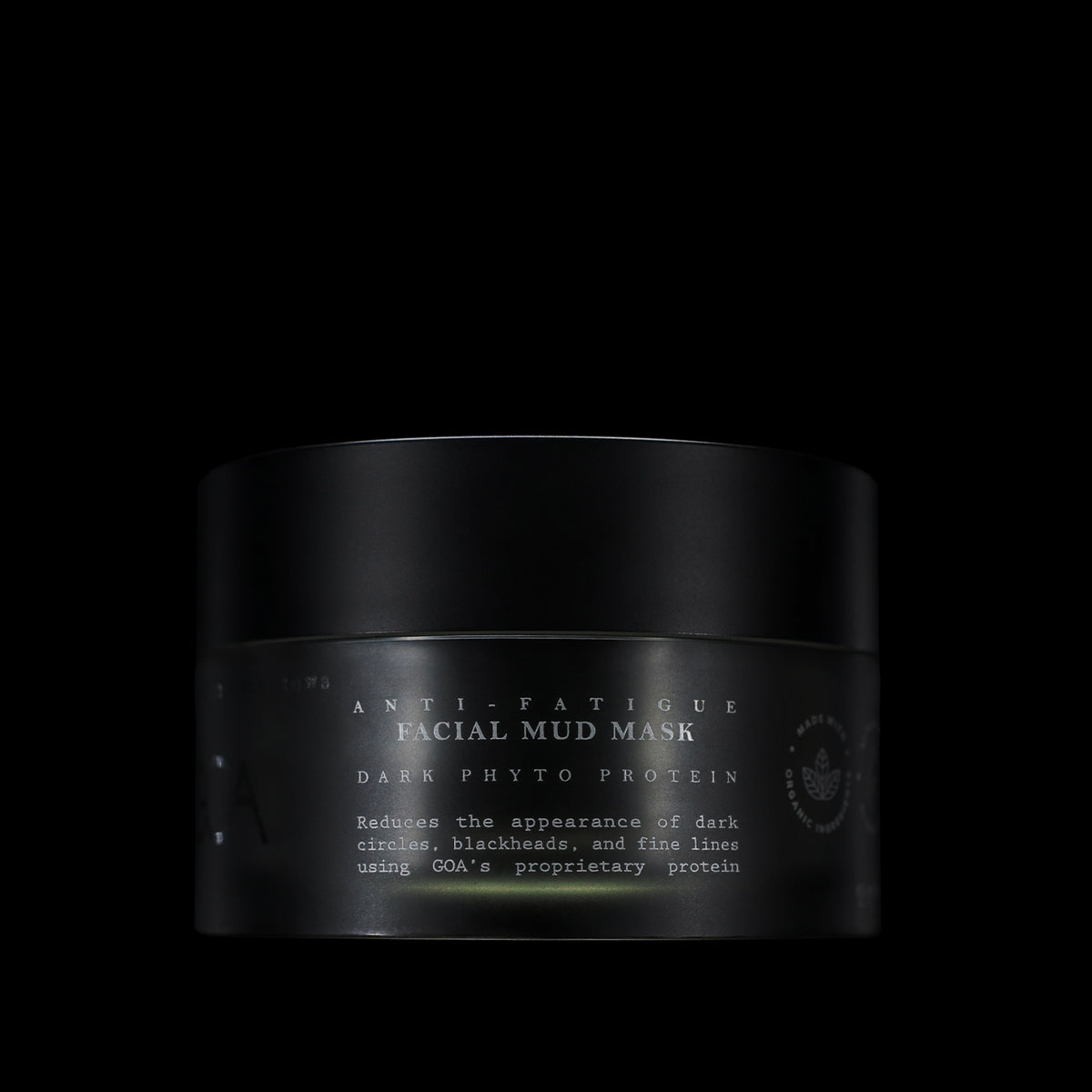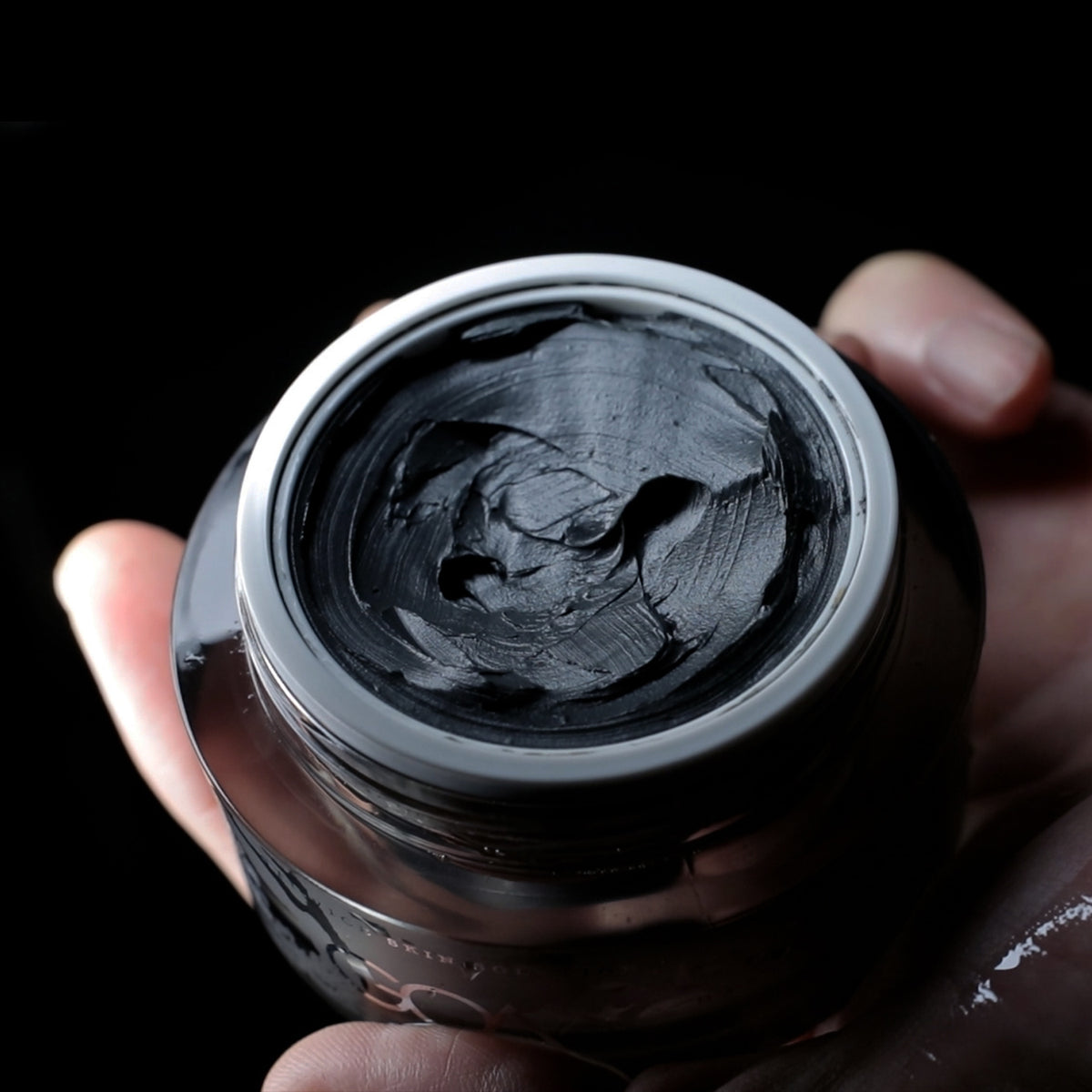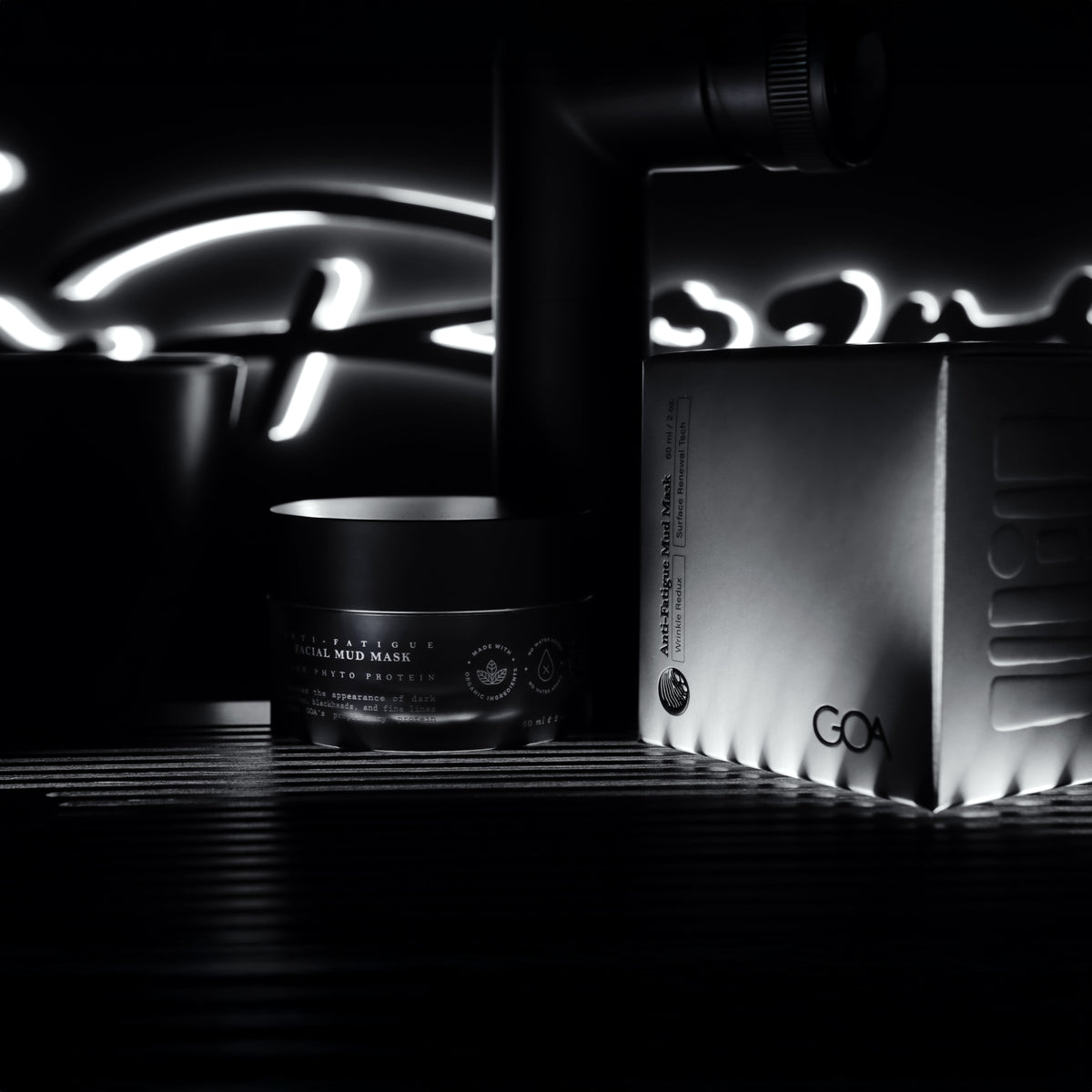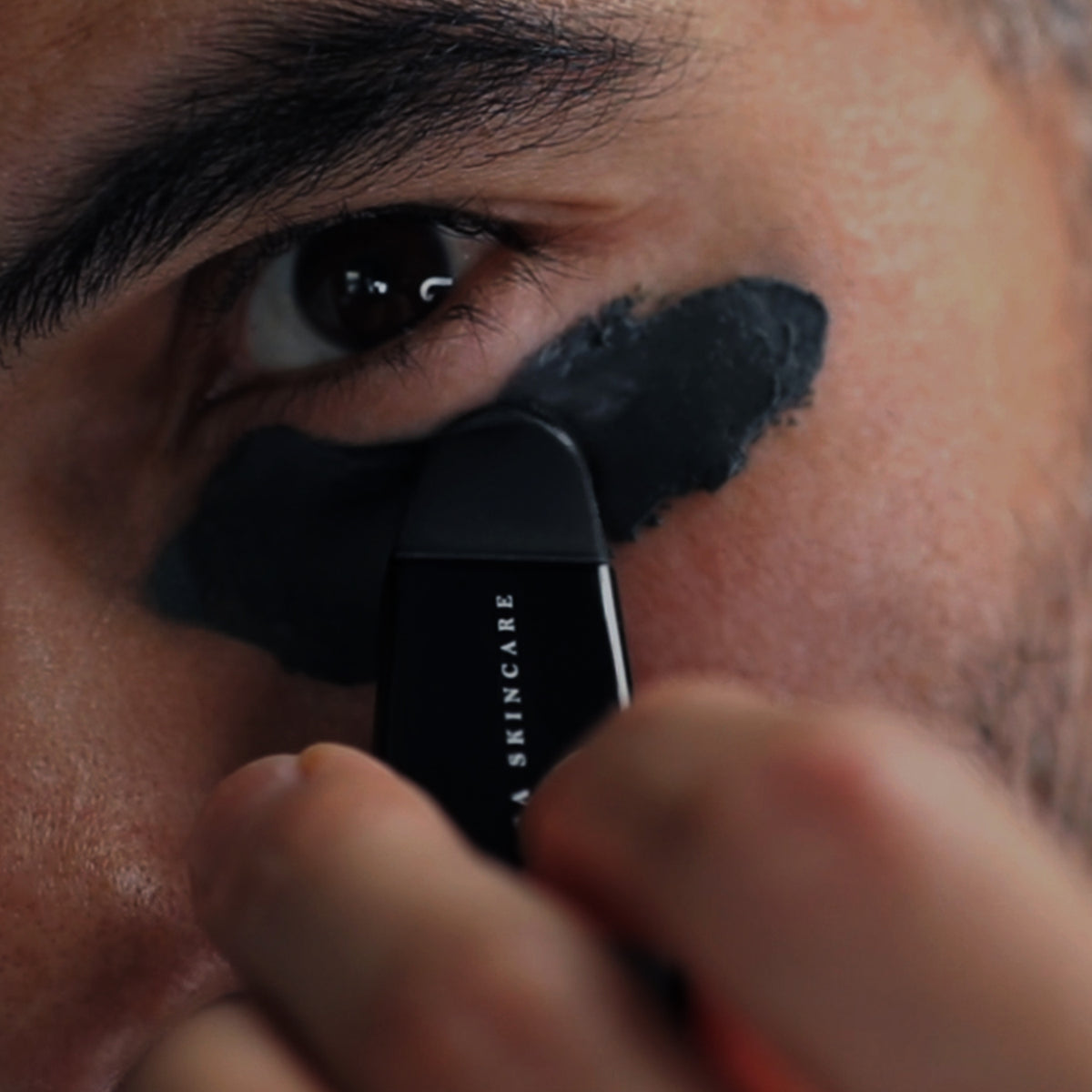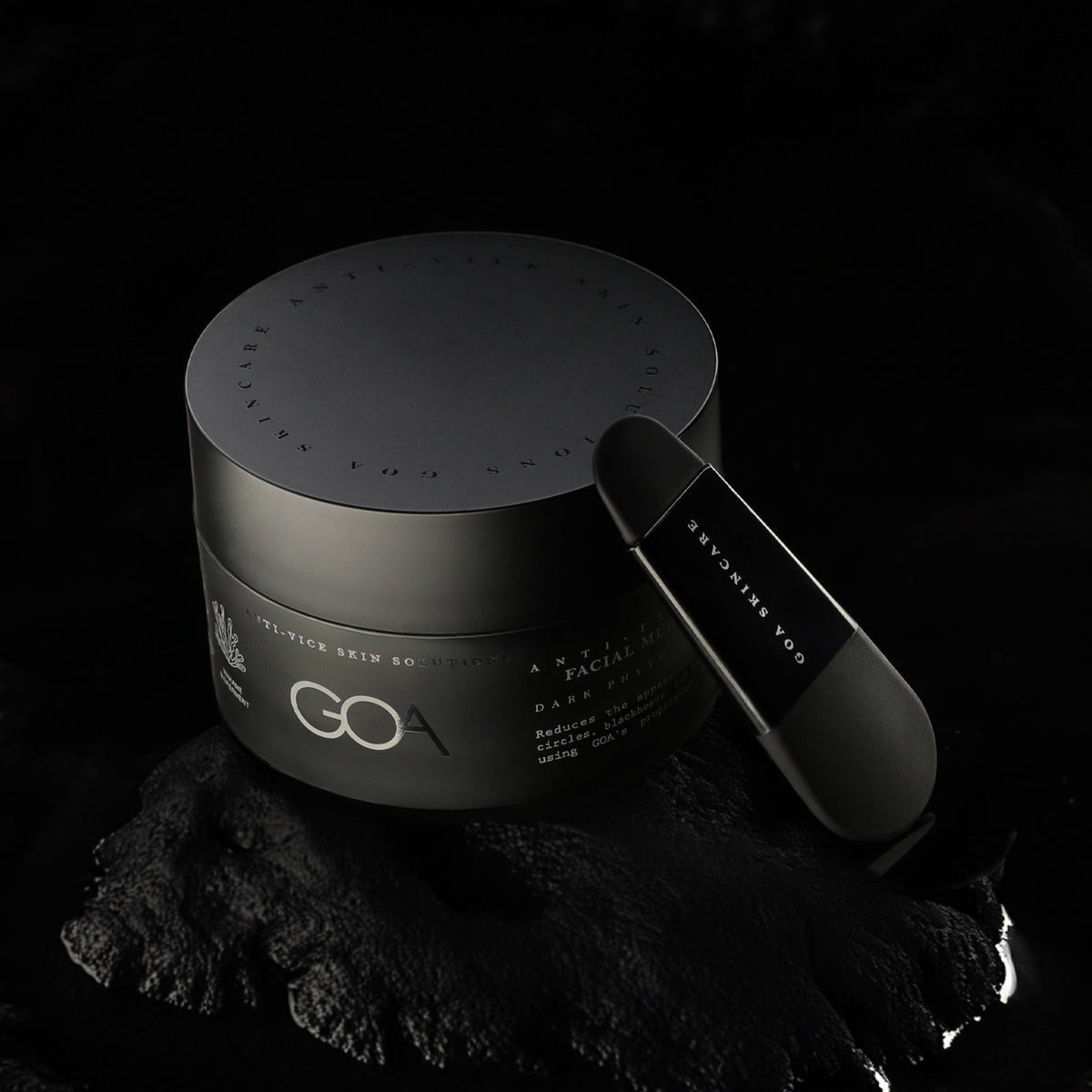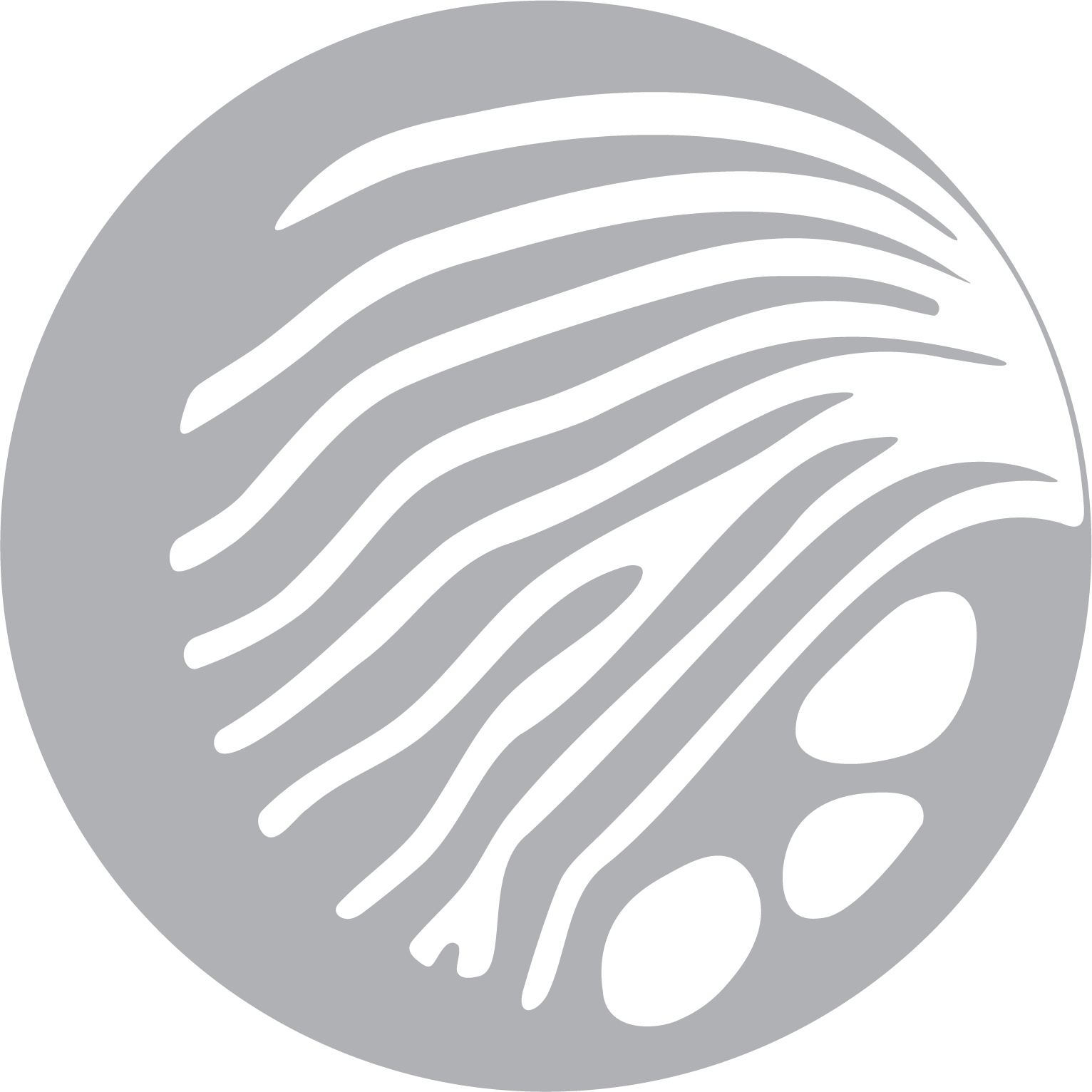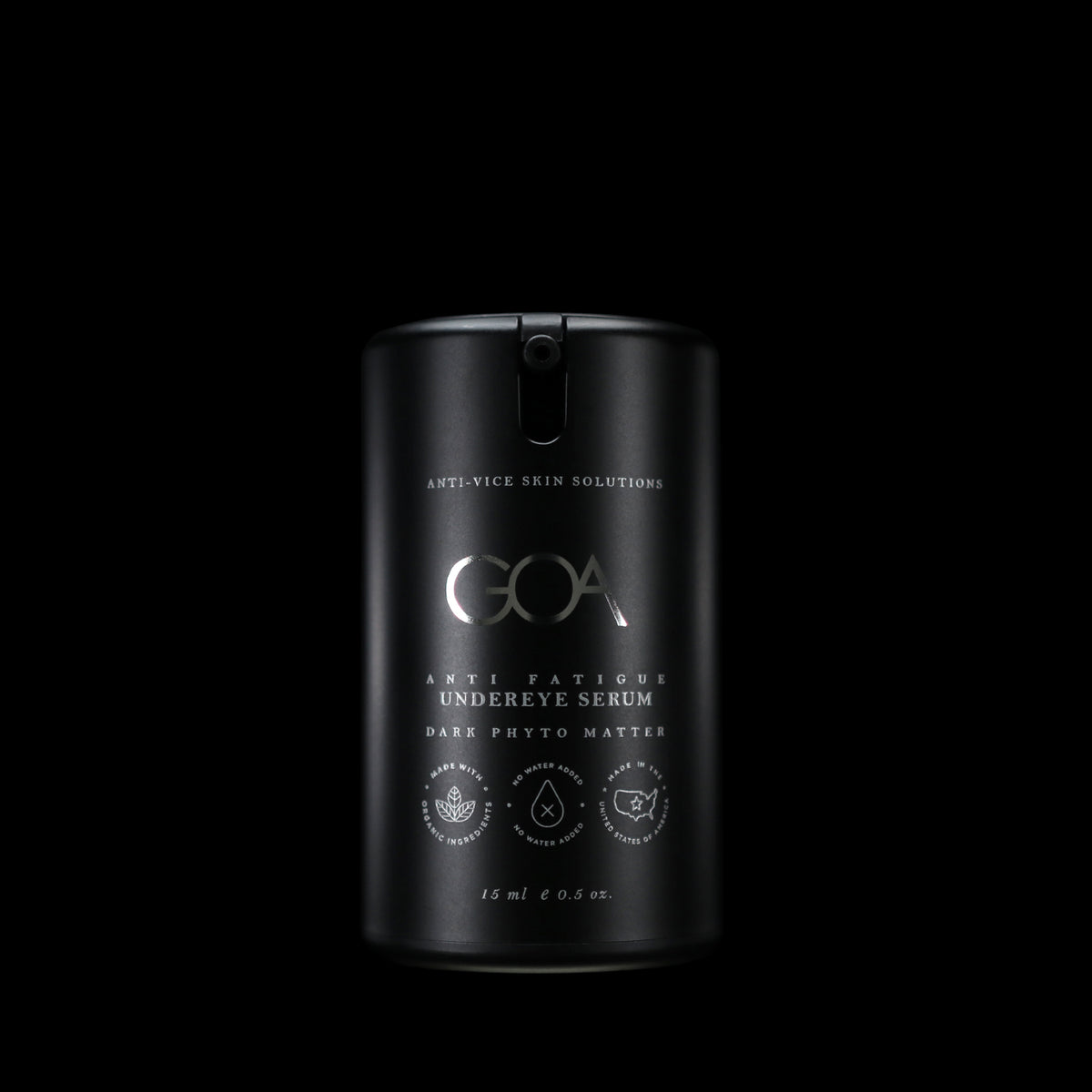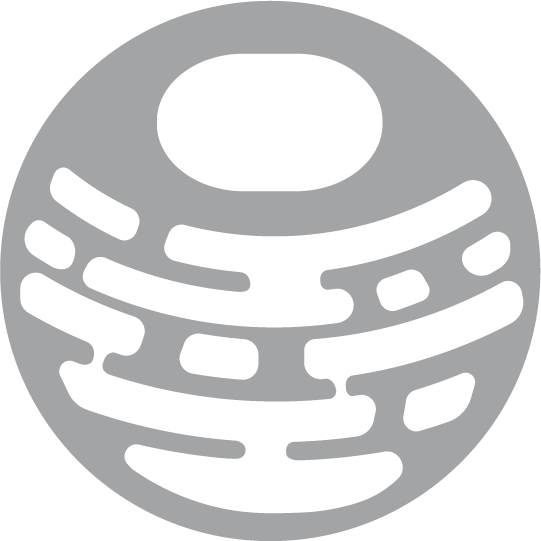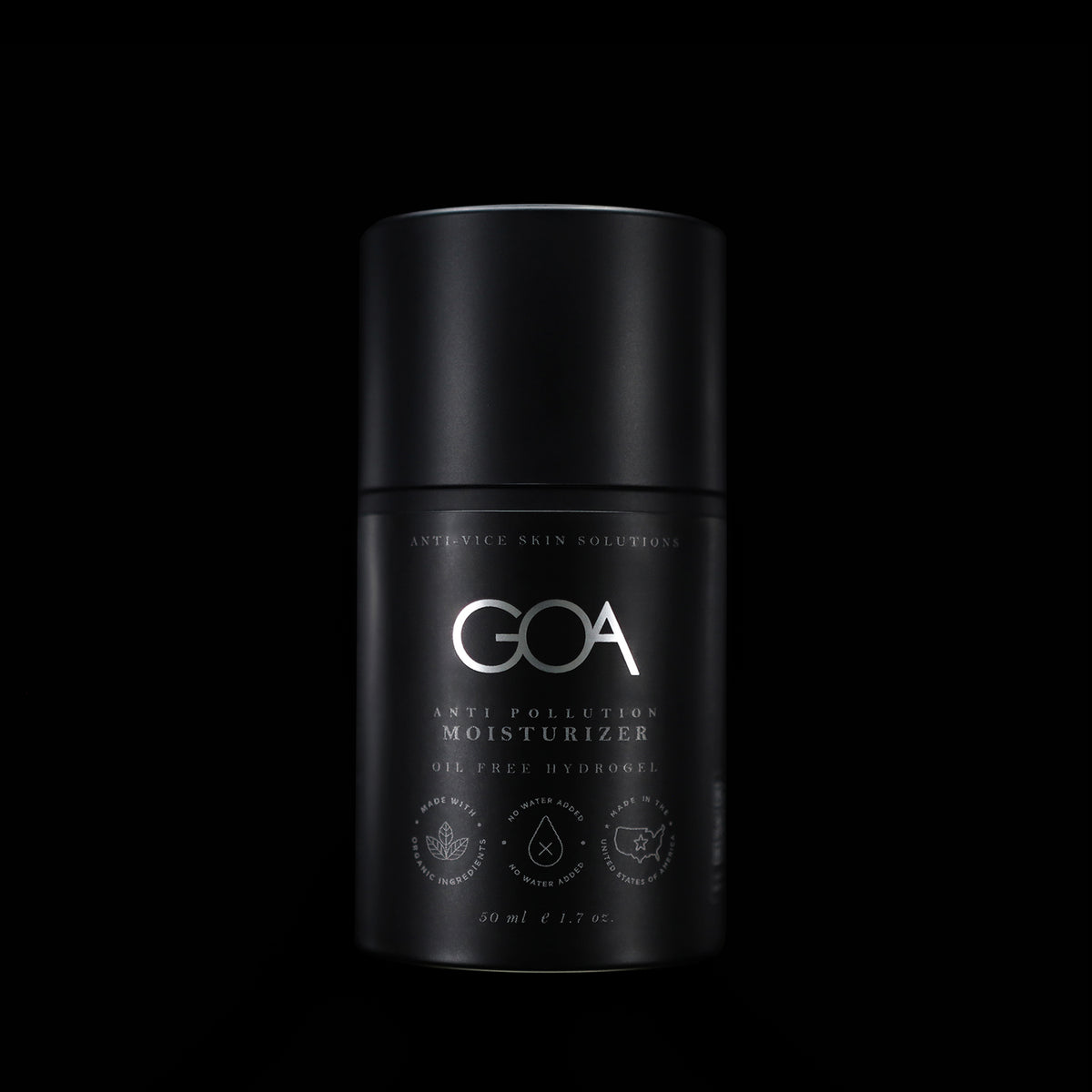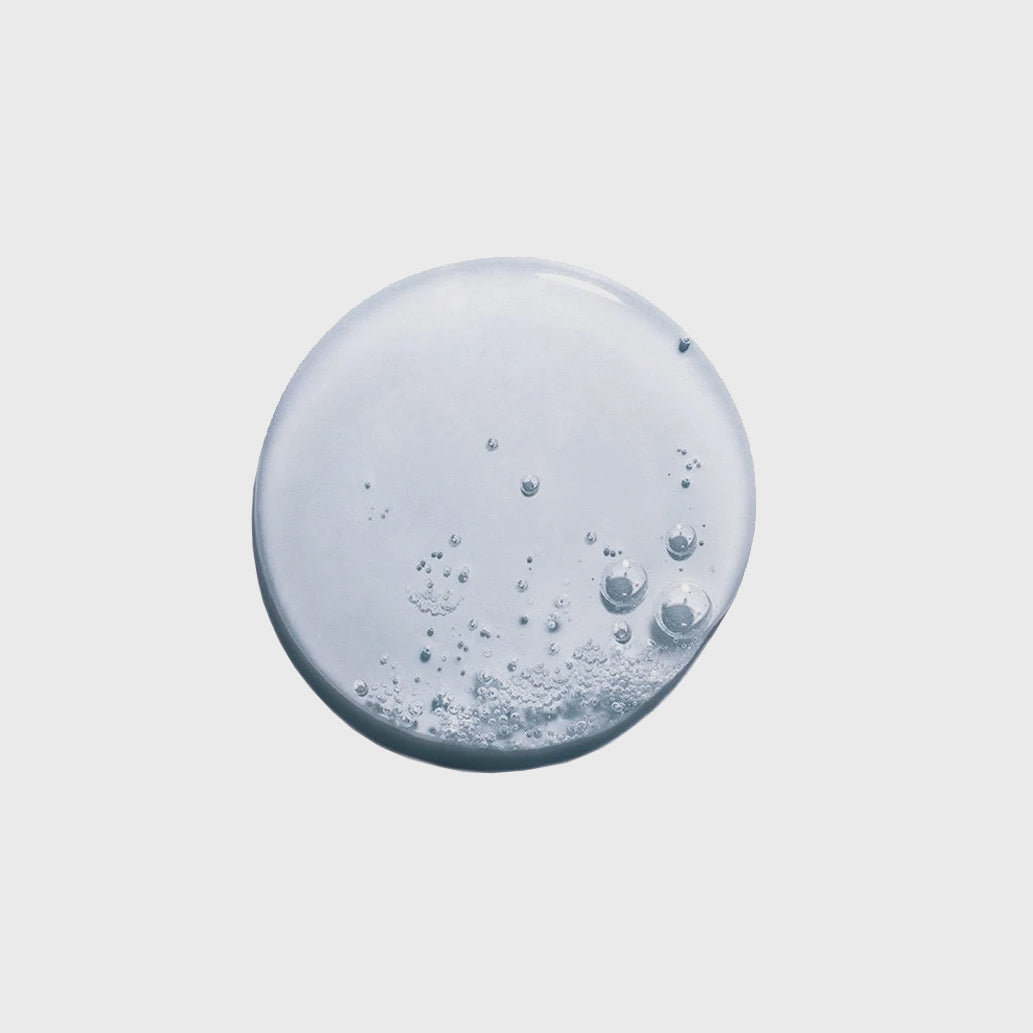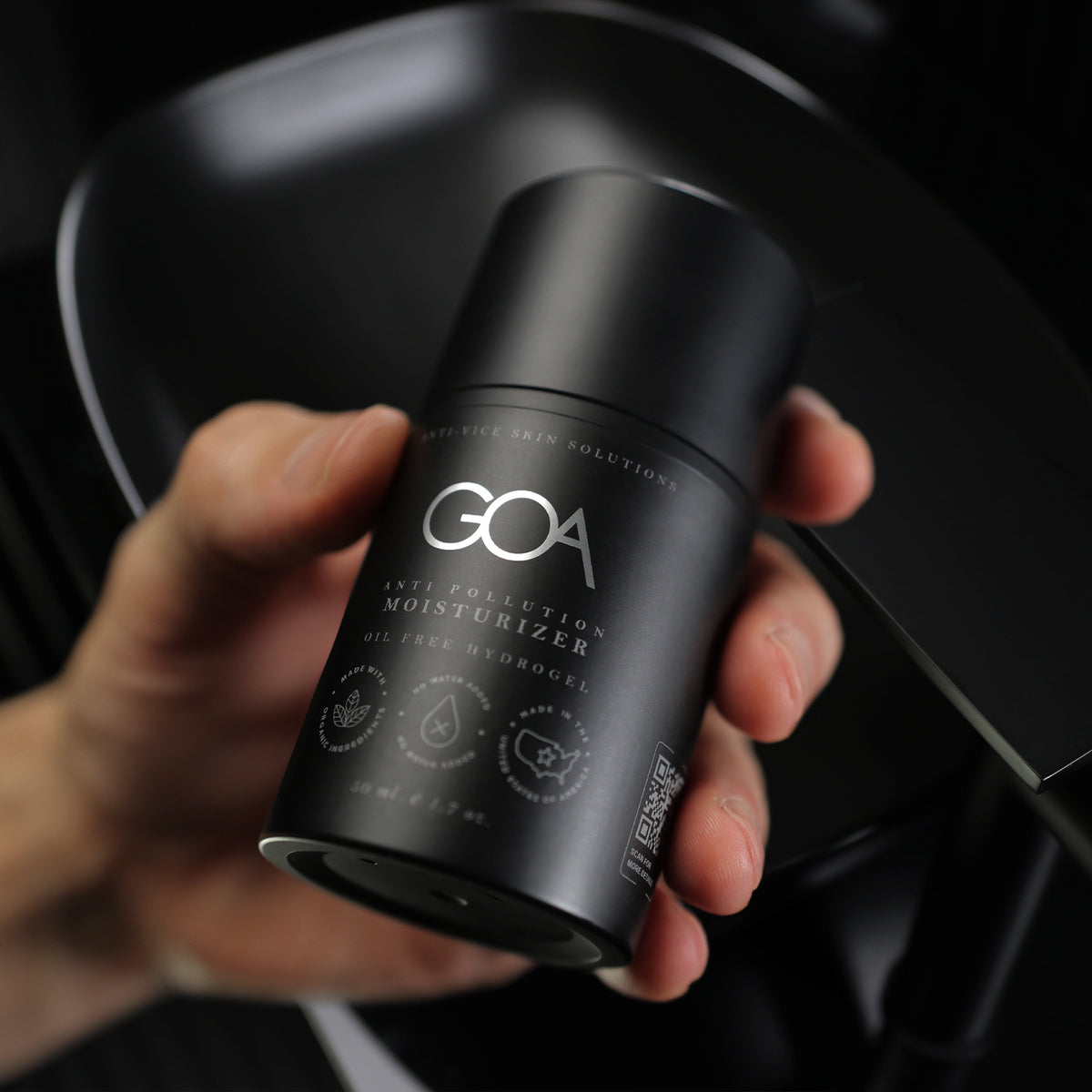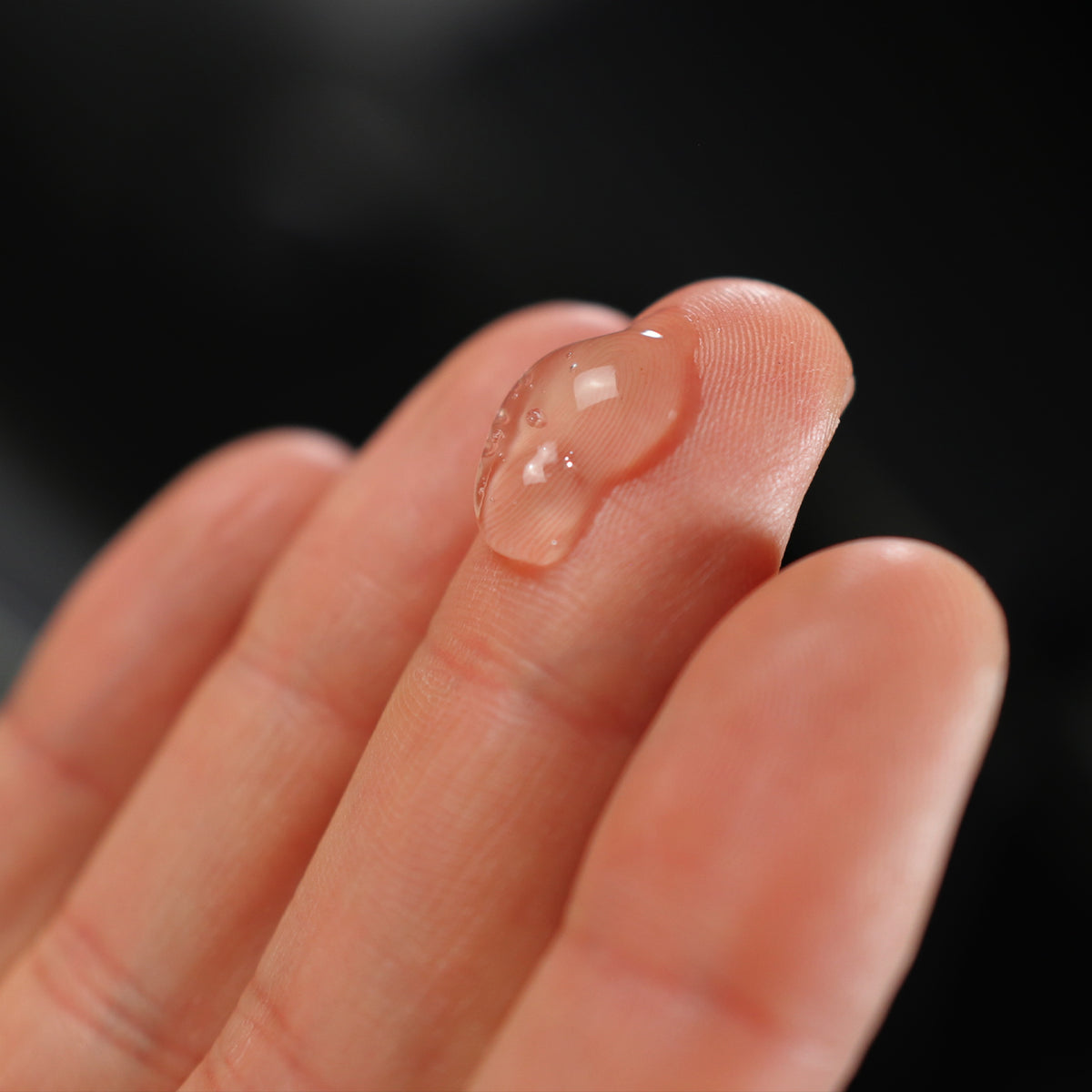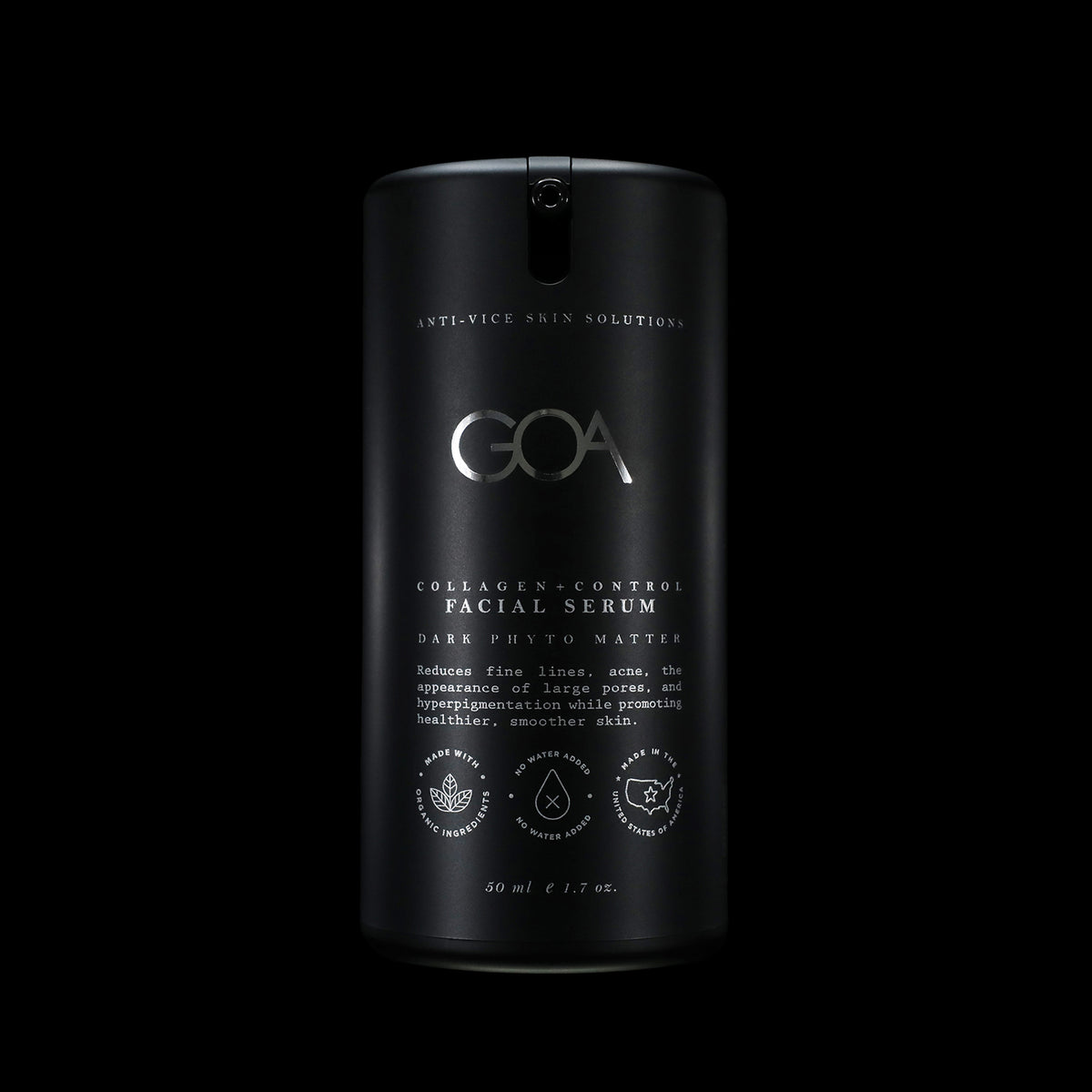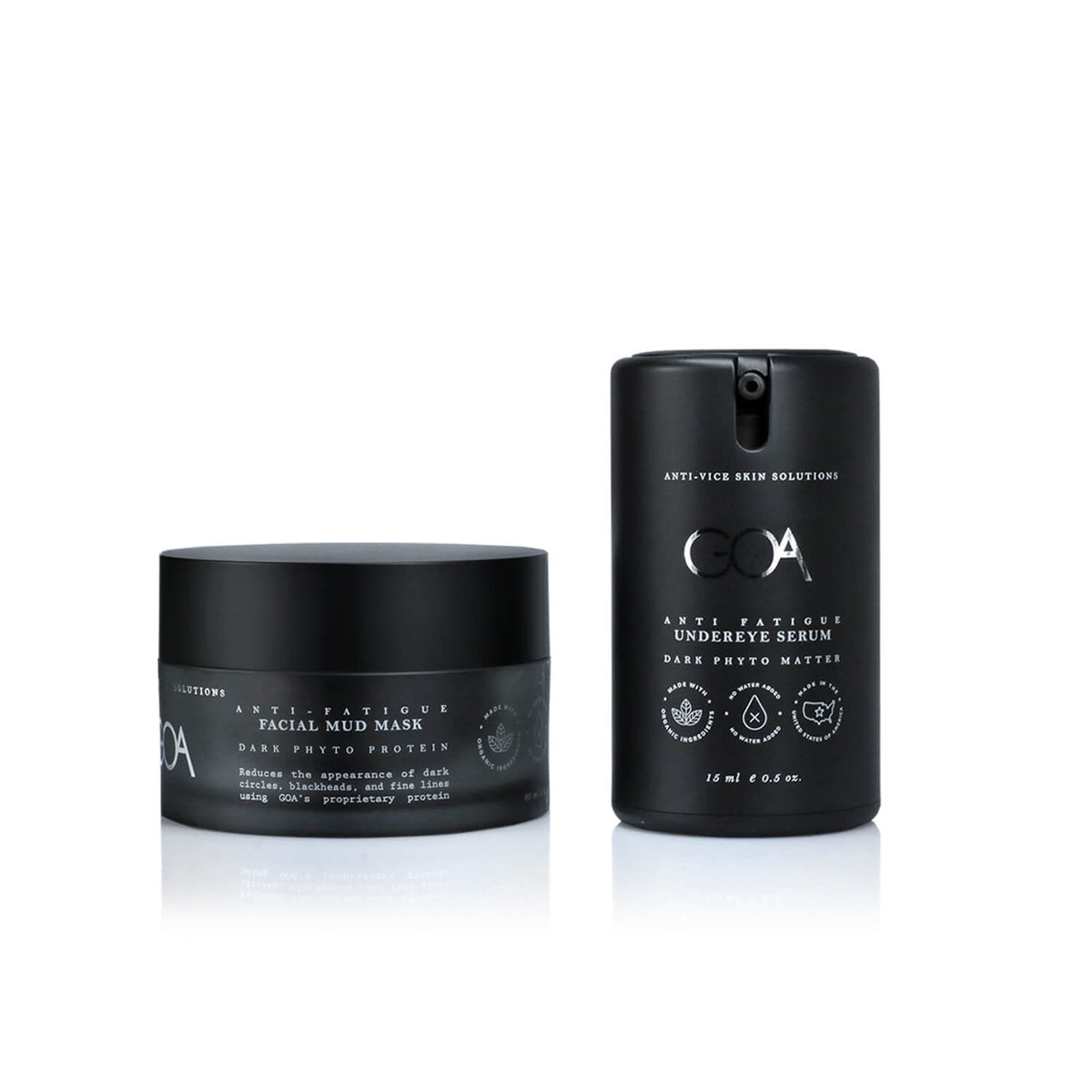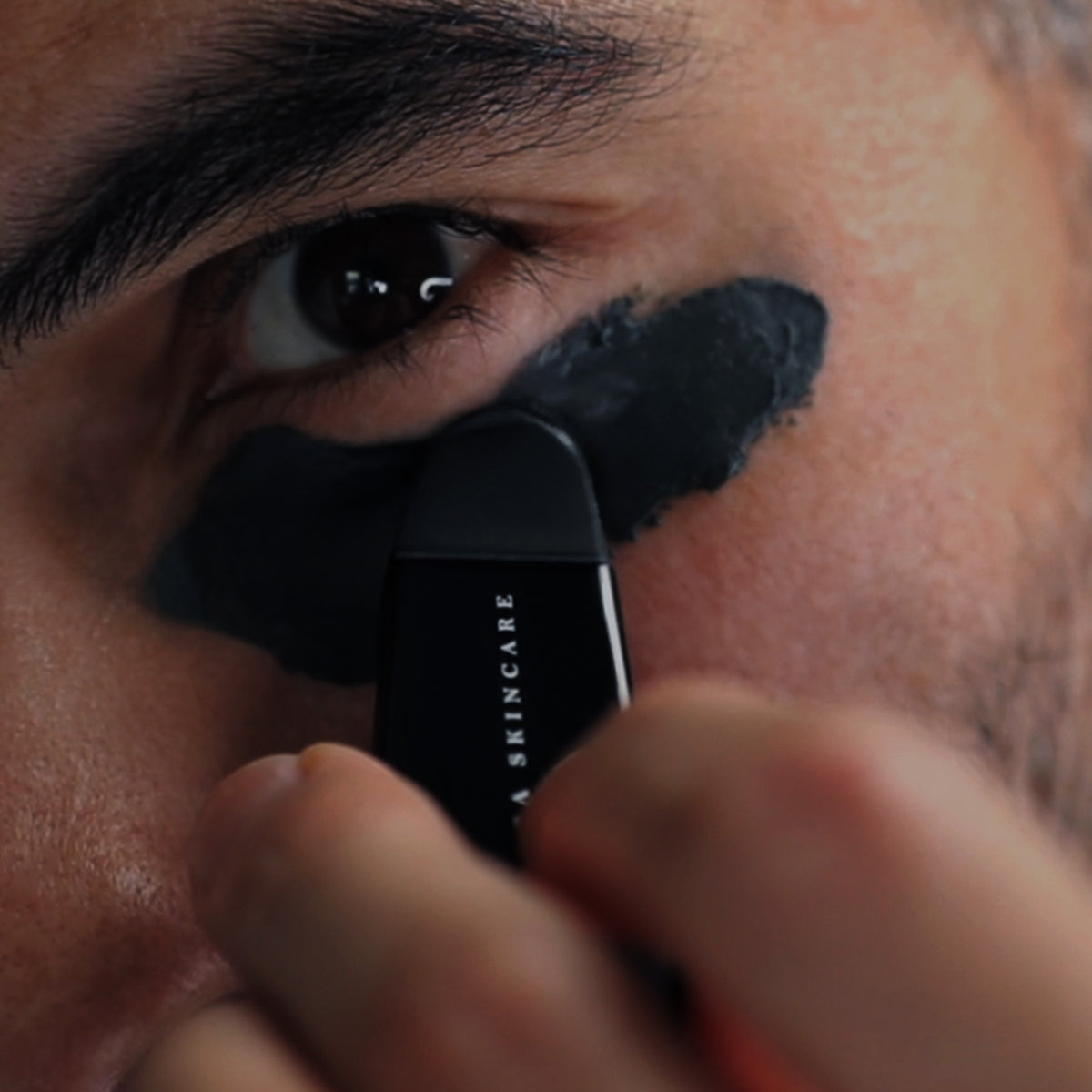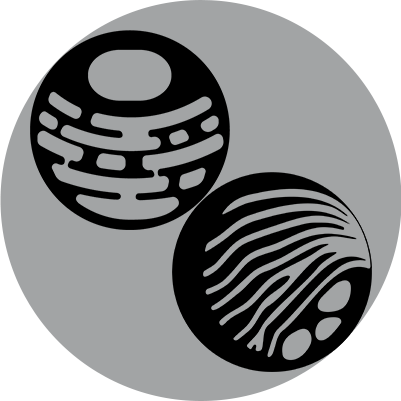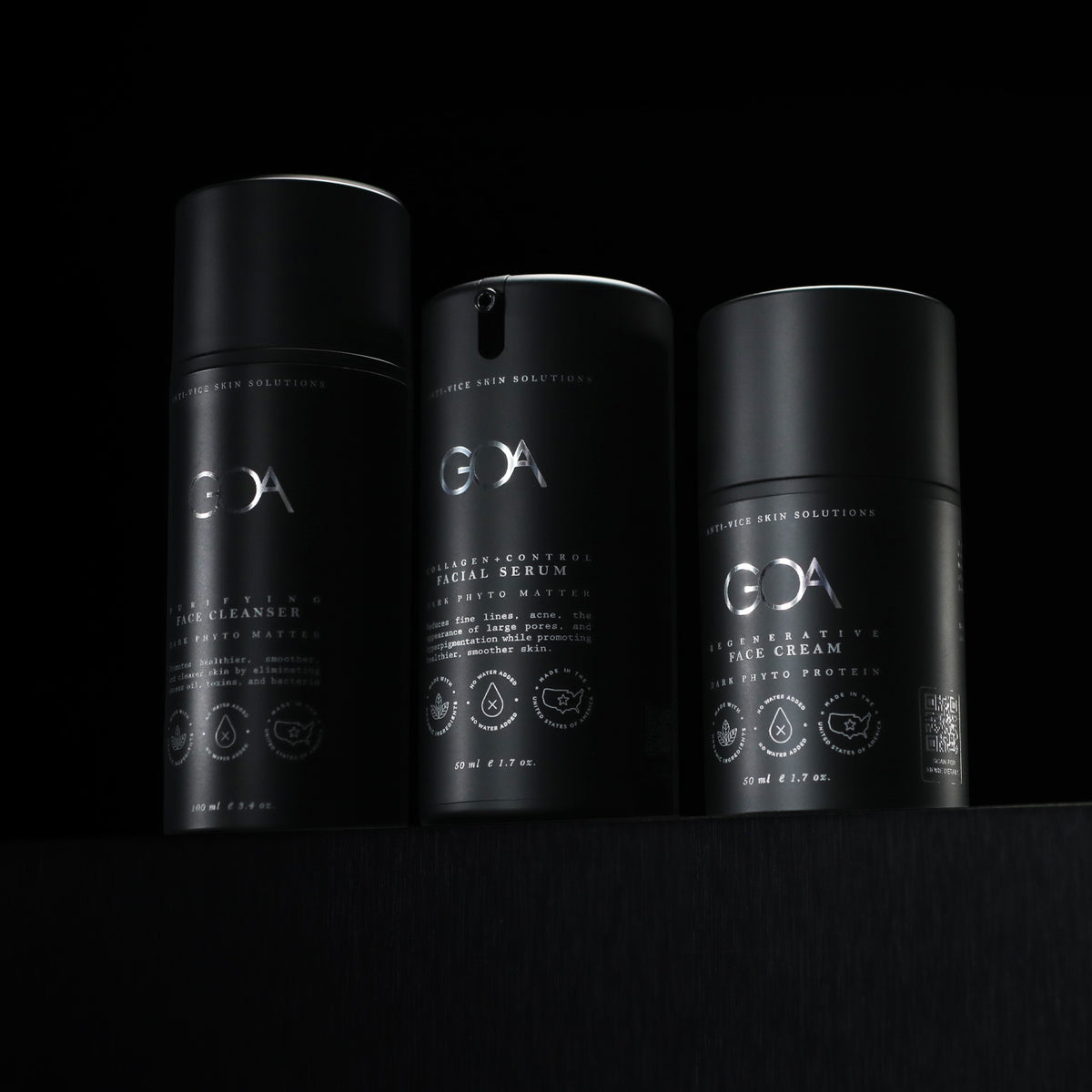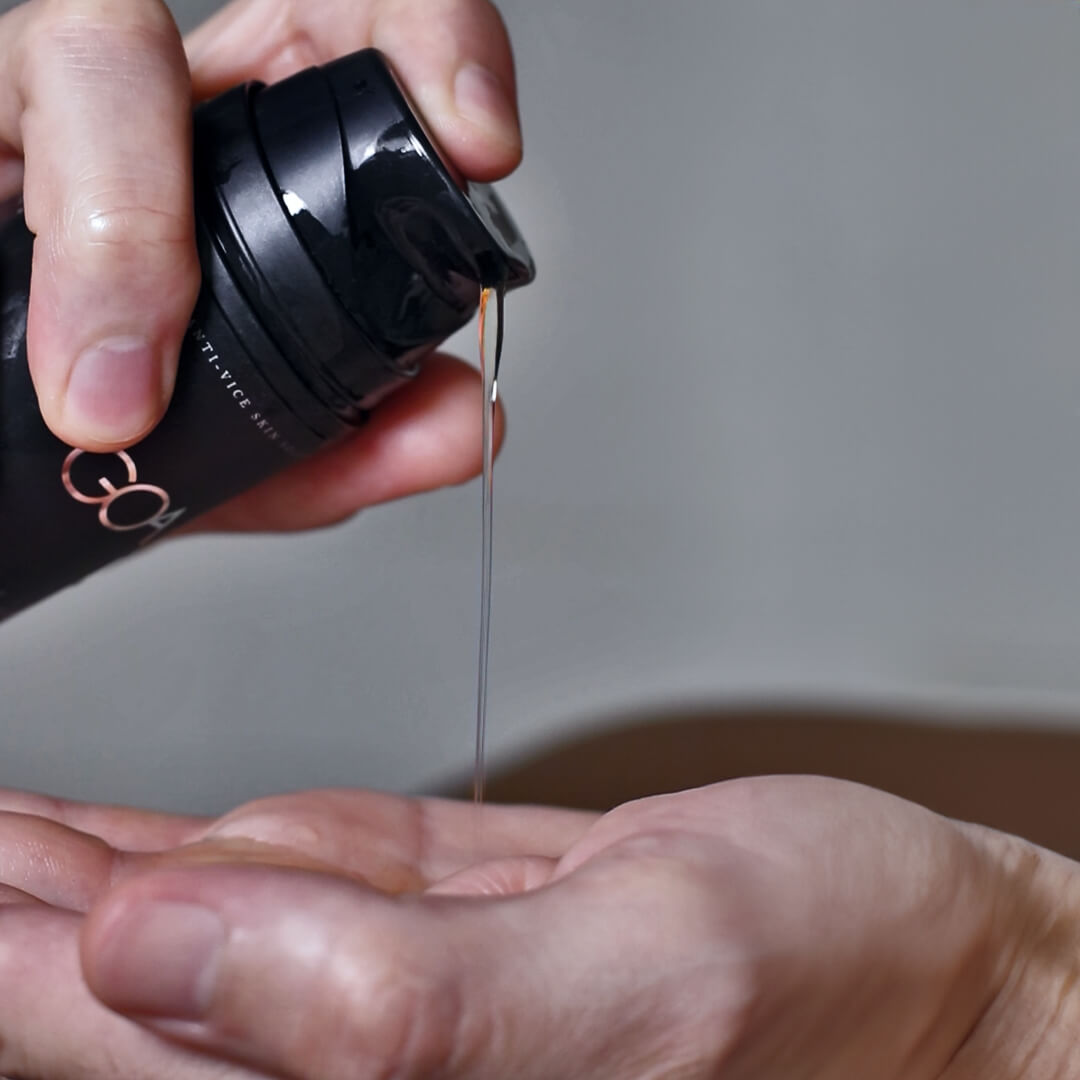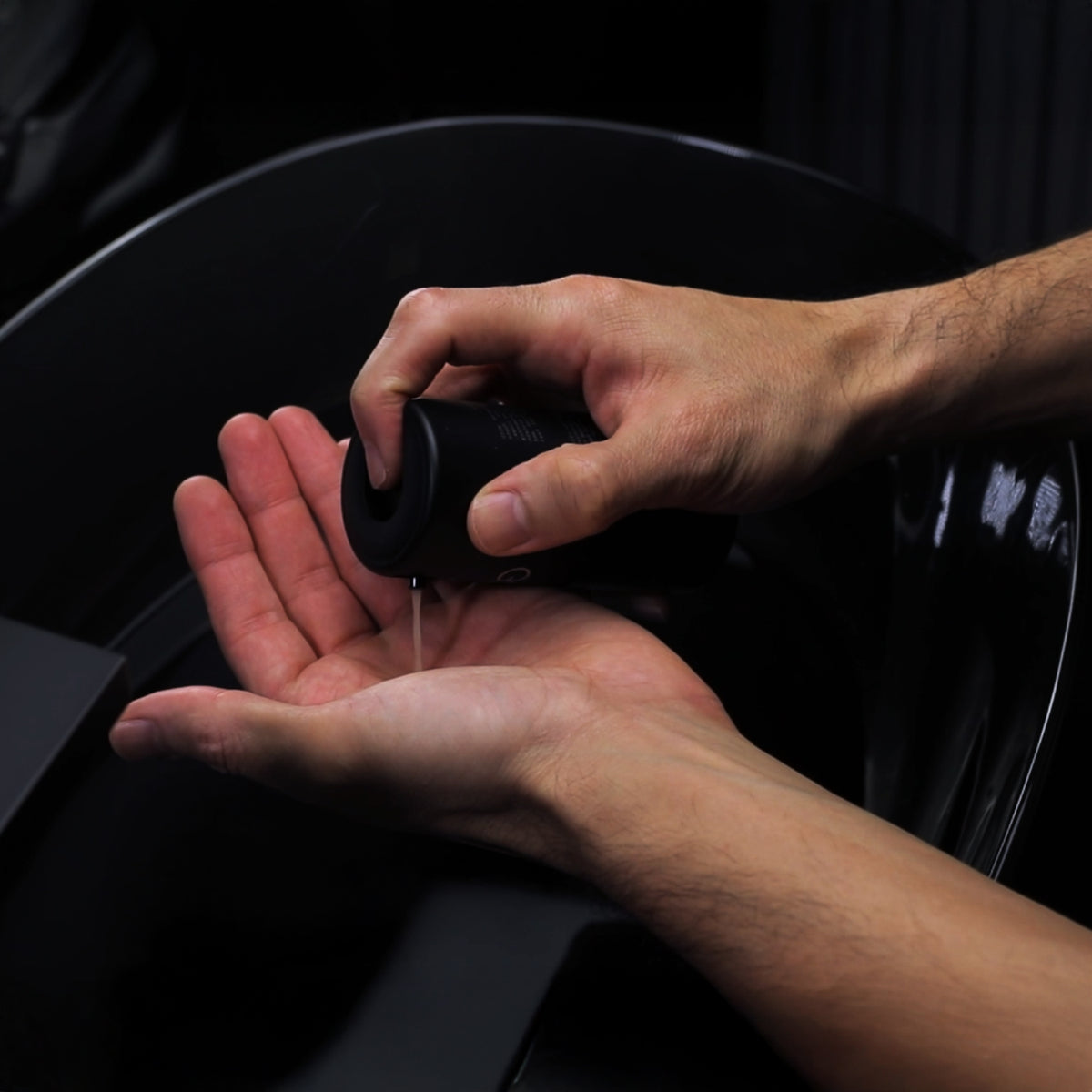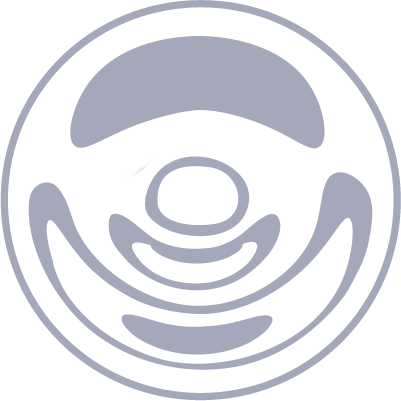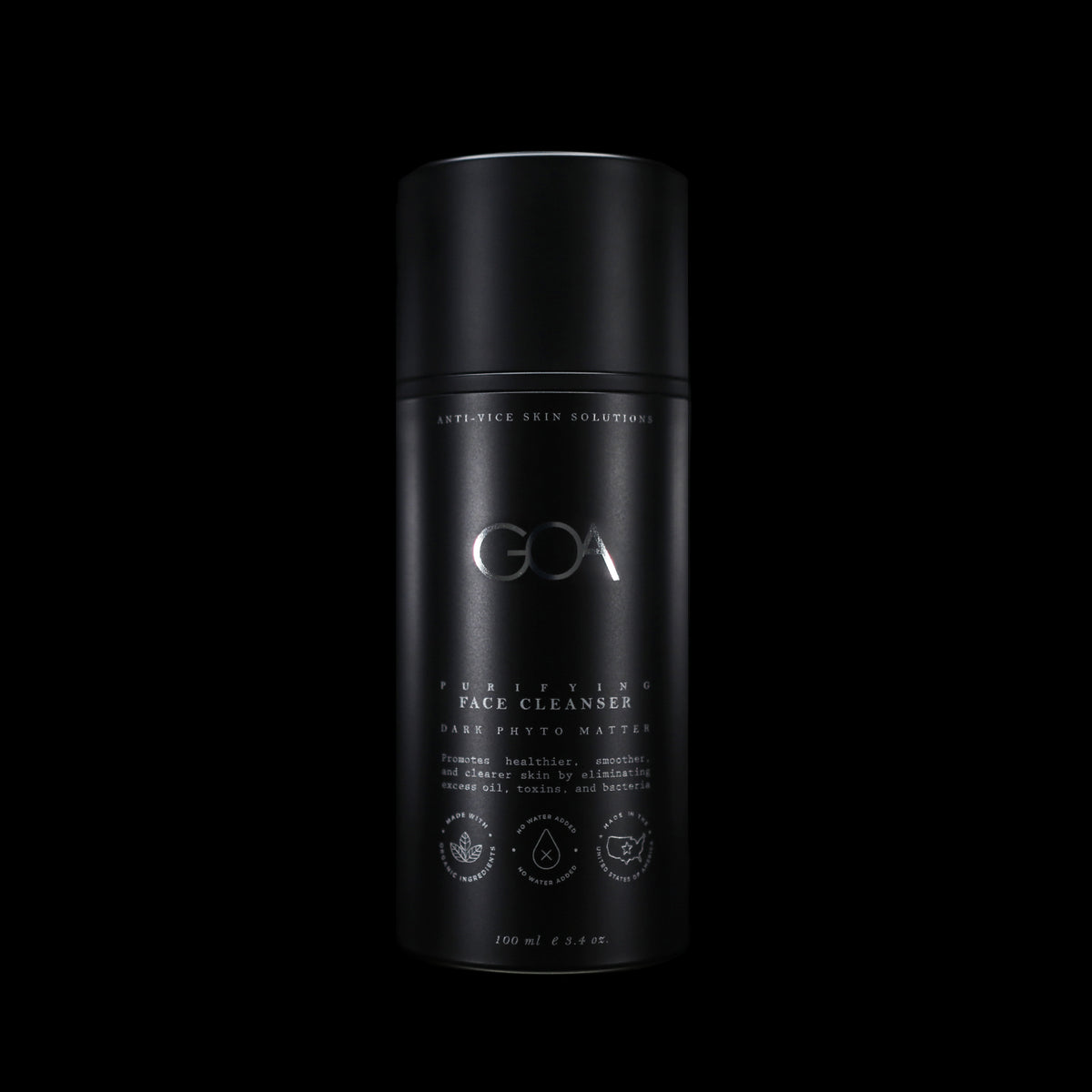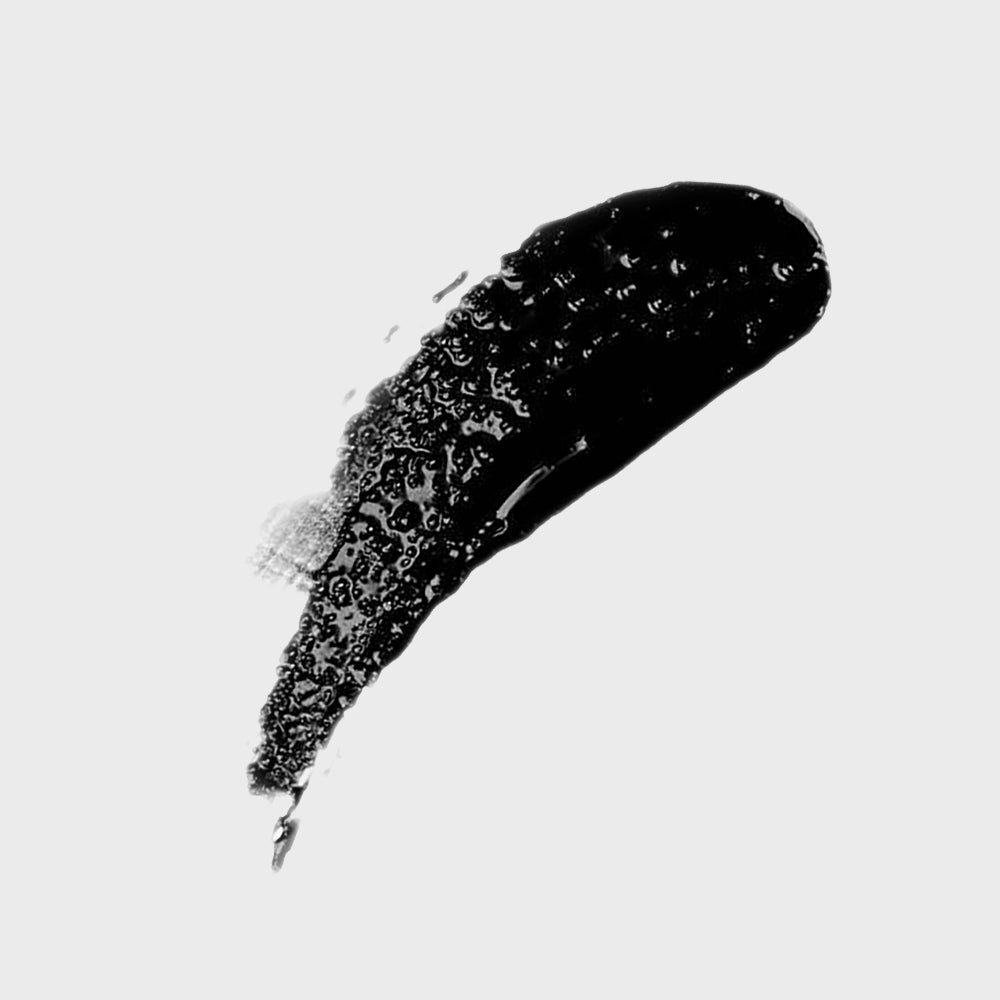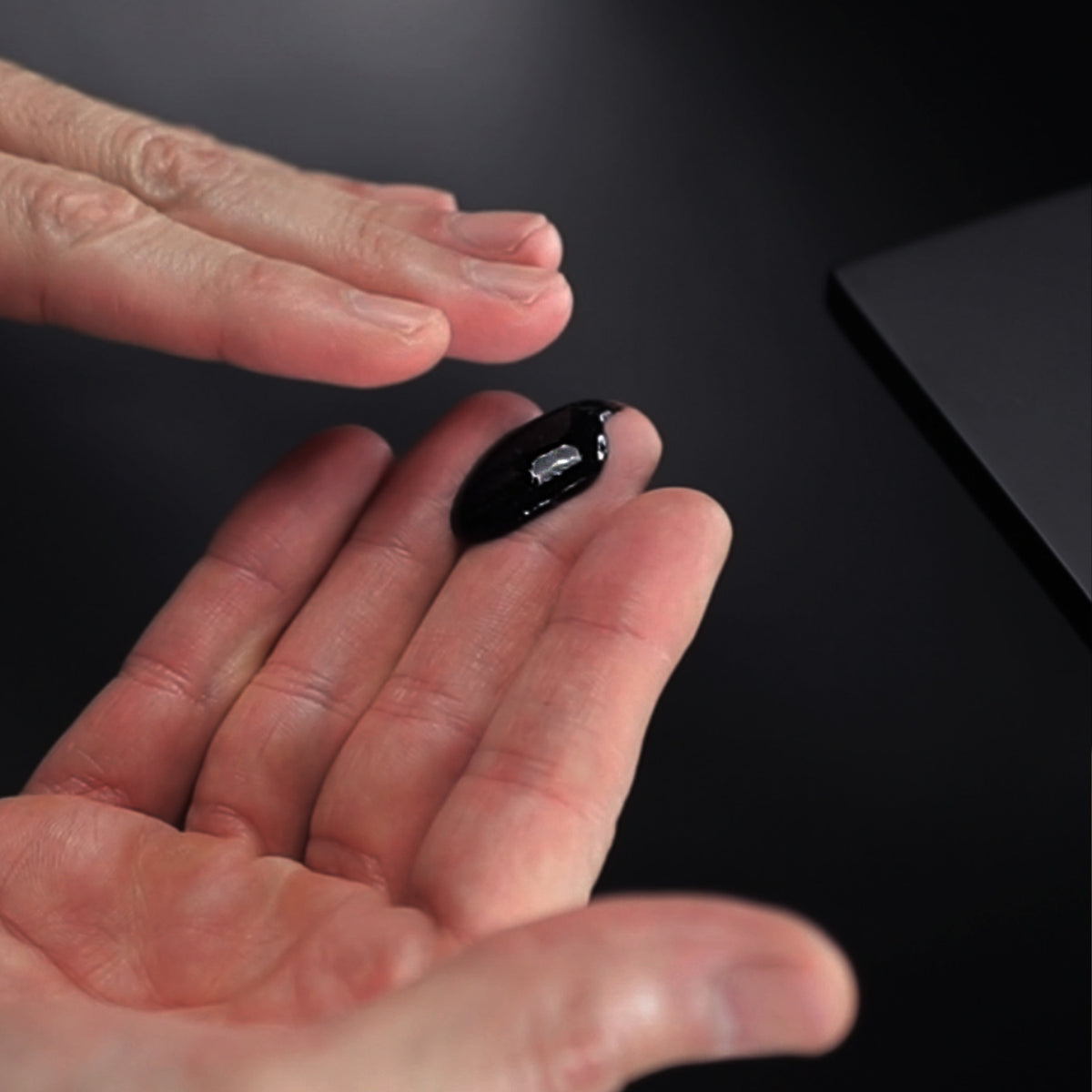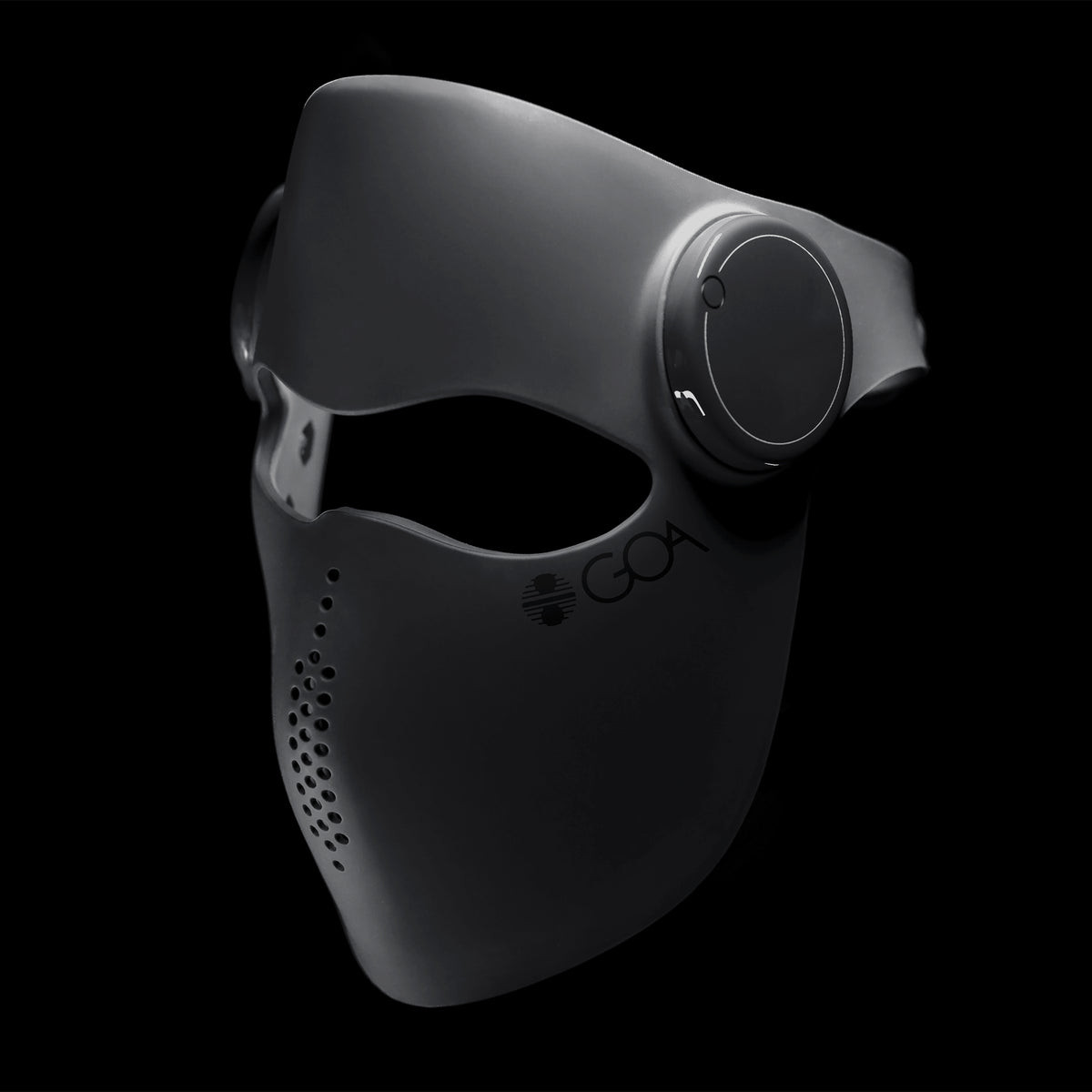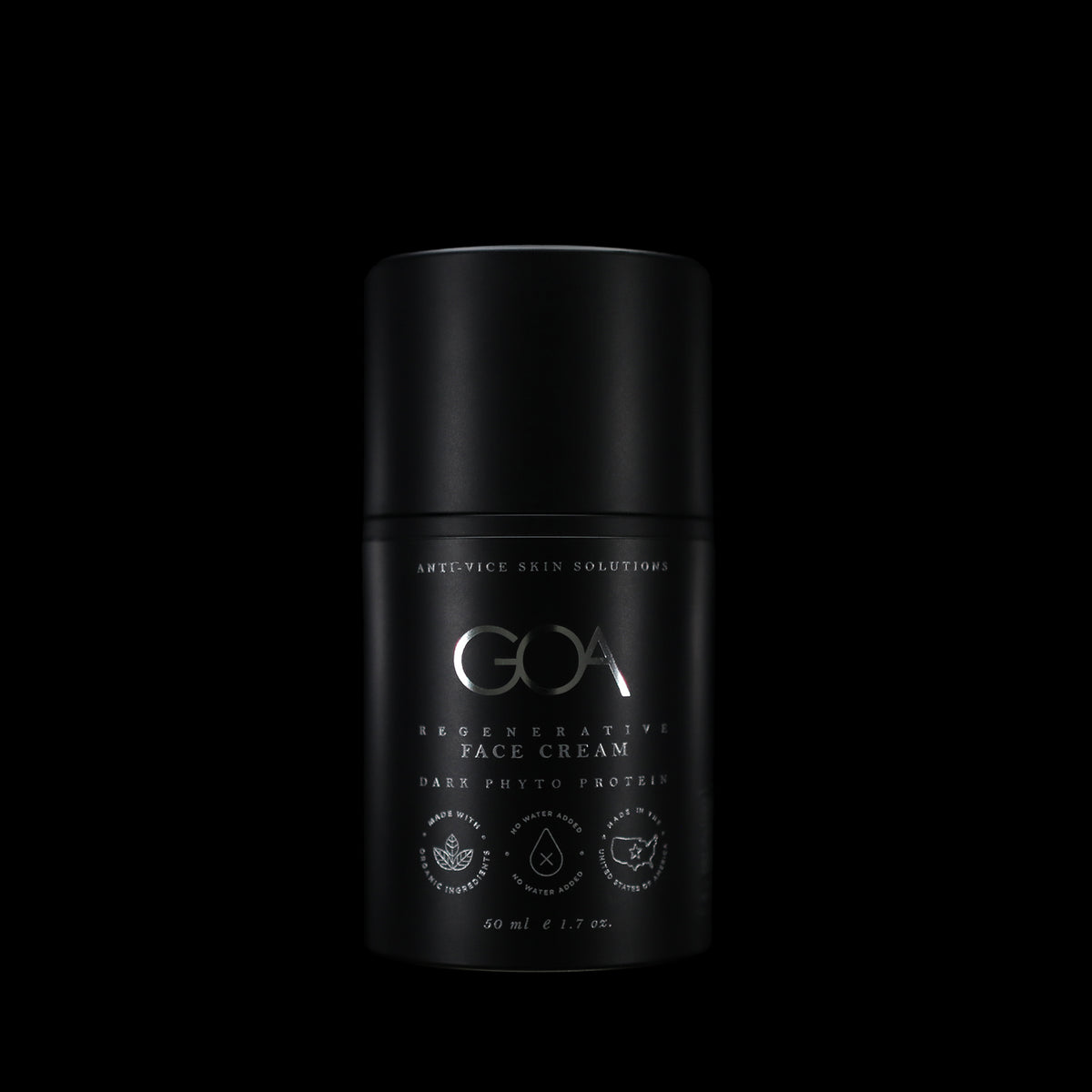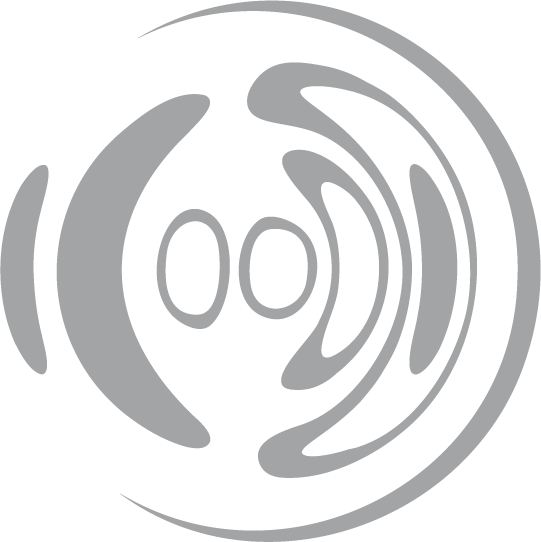Mechanism: Nitric-Oxide Signaling | Target: Dermal Microcirculation | Outcome: Restored Nutrient Flow and Skin Repair
Executive Summary
- Dermal capillary density declines ≈ 40 % between the mid-20s and mid-60s, reducing oxygen supply and collagen synthesis.
- Endothelial nitric-oxide production drops ≈ 33 %, leaving surviving vessels partially constricted and limiting nutrient flow.
- Four weeks of 400 mg nitrate daily, moderate cardio, or 810 nm near-infrared light lifts skin perfusion ≈ 25 %, accelerating repair processes.
Which Parts of the Skin’s Circulatory System Break Down First?
Two layers of blood vessels sit just under the epidermis. Tiny arterioles deliver oxygen-rich blood into a looping capillary network; venules carry waste back out. Endothelial cells sense shear stress and release nitric oxide to widen the tube when demand rises. Over time, four failures converge:
- Endothelial fatigue — Oxidative stress strips cofactors from nitric-oxide synthase and thins the glycocalyx sensor layer, so less NO reaches smooth muscle.
- Capillary dropout — Supportive pericytes detach, unused capillaries collapse, and gaps widen between living vessels.
- Basement-membrane stiffening — Glucose cross-links make vessel walls rigid, slowing oxygen diffusion.
- Sympathetic overdrive — Chronic stress keeps norepinephrine high, telling vessels to stay narrow even when local cells are hungry.
The result is a narrower, less responsive highway that under-delivers oxygen and clears waste more slowly.
How Does Poor Perfusion Show Up on the Surface?
Skin cells run on ATP made in oxygen-rich mitochondria. When oxygen delivery falls, fibroblasts trim collagen output, keratinocytes replace barrier lipids more slowly, and immune patrols arrive late. Day-to-day, wounds linger, redness looks flat, surface temperature drops, and actives that count on blood flow reach their targets in smaller amounts.
Which Proven Interventions Re-Open the Microvascular Network?
Topical niacinamide 4 % triggers a brief flush via prostaglandin release. Laser-Doppler imaging shows local flow jumps almost 50 % within twenty minutes, and regular use keeps vessels responsive after redness settles.
Dietary inorganic nitrate—about 400 mg daily, the amount in a small glass of beetroot juice—converts to nitric oxide in low-oxygen zones. A four-week crossover trial logged a 25 % rise in cutaneous perfusion.
Cocoa flavanols (≥ 500 mg daily) boost endothelial NO-synthase activity; eight-week studies show ≈ 20 % better microvascular conductance.
Moderate aerobic training at 60–70 % VO2max (30 min, thrice weekly) increases shear stress and NO output; measurable gains emerge by week 8.
Near-infrared photobiomodulation (810–850 nm, 5 J cm-2) lifts flow ≈ 27 % for at least twenty minutes post-session.
Botanical modulators like Centella asiatica triterpenes spark new capillary sprouts, while Ginkgo biloba flavonols keep flow smooth.
How GOA Formulations Map to These Mechanisms
ExoMask uses 810 nm near-infrared light to boost facial microcirculation by about 25 %, accelerating nutrient flow and recovery; it’s currently sold out but returns this summer—watch for the restock.
Dark Circle Undereye Set pairs a detoxifying mud mask with a micro-encapsulated retinol serum to clear congestion, stimulate capillary flow, and visibly brighten fatigued under-eye skin.
Frequently Asked Questions
Q: Why does my skin look paler and heal slower as I age?
A: Capillary density drops and vessels stiffen, so less oxygen and fewer immune cells reach the surface. Collagen production slows, and minor injuries need more time to close.
Q: Can niacinamide improve circulation without a long-lasting flush?
A: Yes. The pinkness peaks ~20 minutes after application and fades within two weeks of daily use as receptors adapt, while deeper flow improvements remain.
Q: How quickly does exercise boost skin blood flow?
A: Consistent moderate-intensity cardio three times per week yields measurable vascular gains after about eight weeks—the renewal cycle of an endothelial layer.
Citations
- Minson, C.T., Holowatz, L.A., Wong, B.J., Kenney, W.L., & Wilkins, B.W. (2002). Decreased nitric oxide- and axon reflex-mediated cutaneous vasodilation with age during local heating. Journal of Applied Physiology, 93(5), 1644-1649. https://doi.org/10.1152/japplphysiol.00229.2002
- Shepherd, A.I., Costello, J.T., Bailey, S.J., et al. (2019). “Beet” the cold: beetroot juice supplementation improves peripheral blood flow in Raynaud’s phenomenon. Journal of Applied Physiology, 127(5), 1478-1490. https://doi.org/10.1152/japplphysiol.00292.2019
- Pekas, E.J., Anderson, C.P., & Park, S-Y. (2023). Moderate dose of dietary nitrate improves skeletal muscle microvascular function in peripheral artery disease. Microvascular Research, 146, 104469. https://doi.org/10.1016/j.mvr.2022.104469
- Gavish, L., Hoffer, O., Rabin, N., et al. (2020). Microcirculatory response to photobiomodulation—why some respond and others do not. Lasers in Surgery and Medicine, 52(9), 863-872. https://doi.org/10.1002/lsm.23225
- Szyguła, R., Wierzbicka, M., & Sondel, G. (2020). Influence of 8-week aerobic training on skin microcirculation in ischaemic heart disease. Journal of Aging Research, 2020, 4602067. https://doi.org/10.1155/2020/4602067
- Schmiedel, O., Wuhrer, E., Metze, D., & Stücker, M. (1995). Effects of aging on the cutaneous microvasculature. Archives of Dermatological Research, 287(7), 683-688. https://doi.org/10.1007/BF01262335
- Cau, S.B.A., Carneiro, F.S., & Tostes, R.C. (2012). Differential modulation of nitric oxide synthases in aging: therapeutic opportunities. Frontiers in Physiology, 3, 218. https://doi.org/10.3389/fphys.2012.00218















